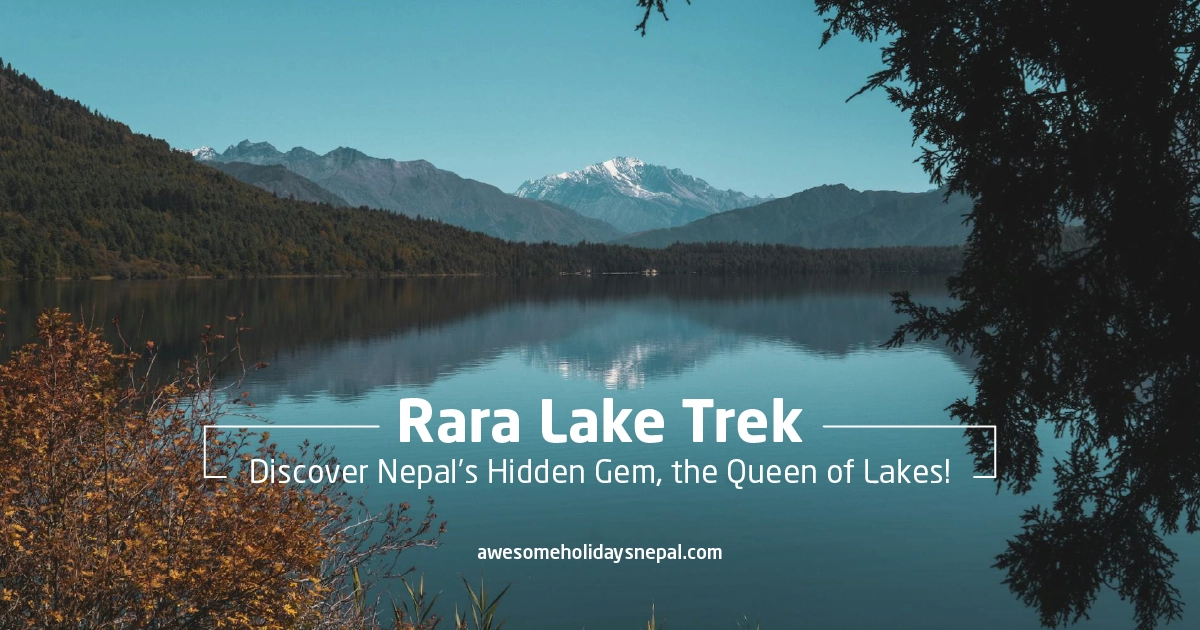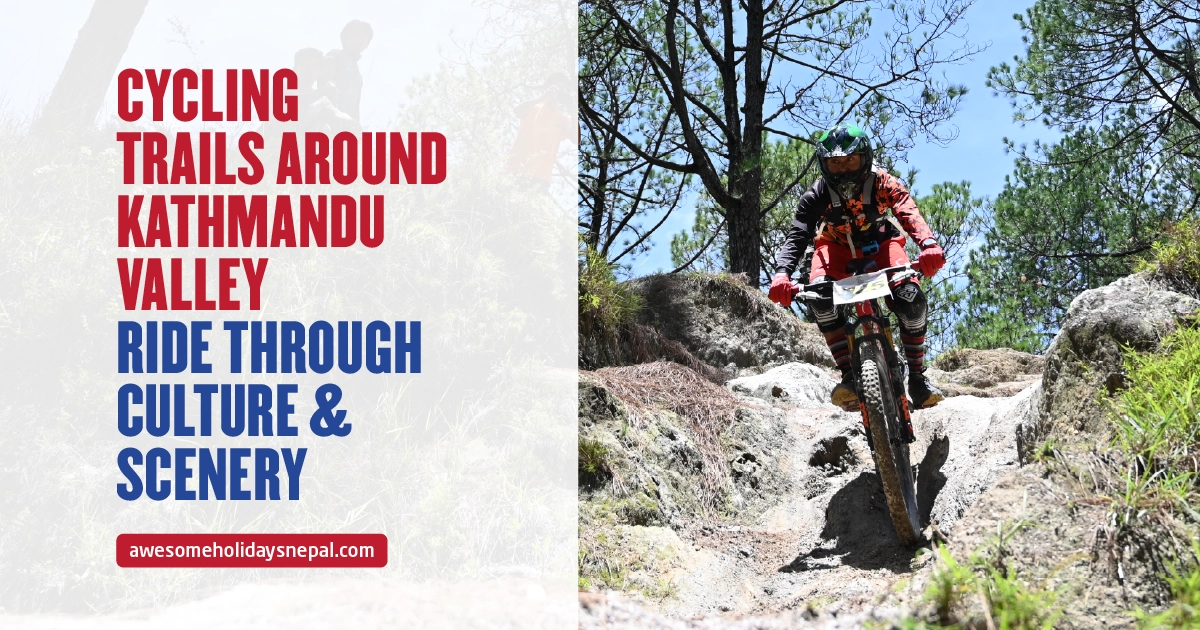Dingboche: Perfect Acclimatization Point in Everest Region

We all know that going on an Everest Base Camp trek is the lifelong dream for most people & trekkers in the World. They want to experience the thrill of being on the highest point of the Earth and witness the highest peak in the World, Mount Everest up close.
But it’s not just about reaching the top, the whole journey is magical in itself. It is that one important spot, along the Everest Trek route. Here, we have a detailed look up on this gorgeous village Dingboche.
The Joy of Seeing the Top of the World: My Trek to the Everest Base Camp
Dingboche: Another Sherpa Village of Khumbu
Dingboche is a gorgeous small sherpa village situated at an altitude of 4,410 meters (14,470 ft) in the Khumbu region of Nepal. It is also called the last sherpa village of Khumbu region. The village is the perfect acclimatization point in the Everest base camp trek. So, it is a popular acclimatization spot in the Everest region. The population of the village was estimated to be around 200 back in 2011 A.D.
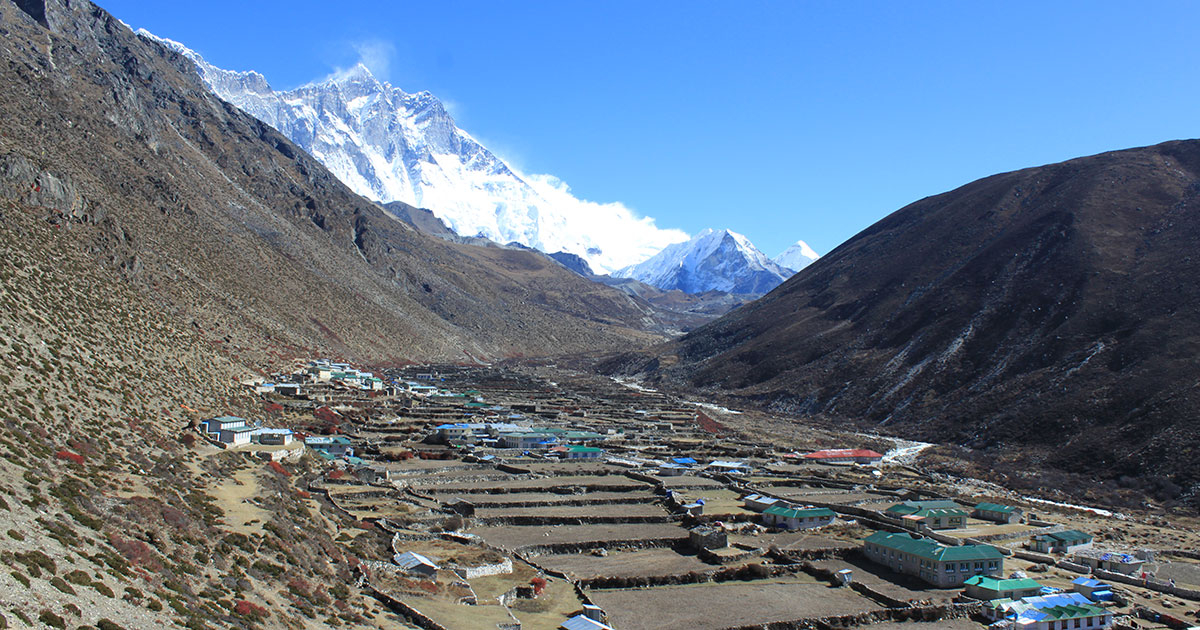
It is popular for its breathtaking mountain vistas, and traditional Sherpa culture, and tradition. It serves as both a spot of rest and acclimatization. Whether you’re trekking toward Everest or simply seeking an authentic Himalayan experience, Dingboche promises an unforgettable adventure.
History and Geography
Initially, Yak herders and merchants who traveled between high-altitude fields and lower valleys once used Dingboche as a seasonal settlement. The village became a busy waystation for travellers heading to Everest, Lhotse, and Makalu over the years as trekking and mountaineering became more common.
Dingboche is situated geographically in a wide valley of the Imja Khola River, with Ama Dablam (6,812m) towering the skyline. Dingboche is distinctive in the harsh Khumbu topography since it has rather flat and open surroundings, which is unlike other high-altitude villages in the region. The Nangkartshang Peak (5,083m) offers a fantastic 360-degree perspective of the Imja Glacier, Island Peak, and even the far-off Makalu off to the north.
Culture and Traditions
The Sherpa community calls Dingboche their home. They are widely renowned for their mountaineering prowess and warm hospitality. Evident in the prayer flags, mani walls, and chortens spread all over the settlement, sherpas follow Tibetan Buddhism.
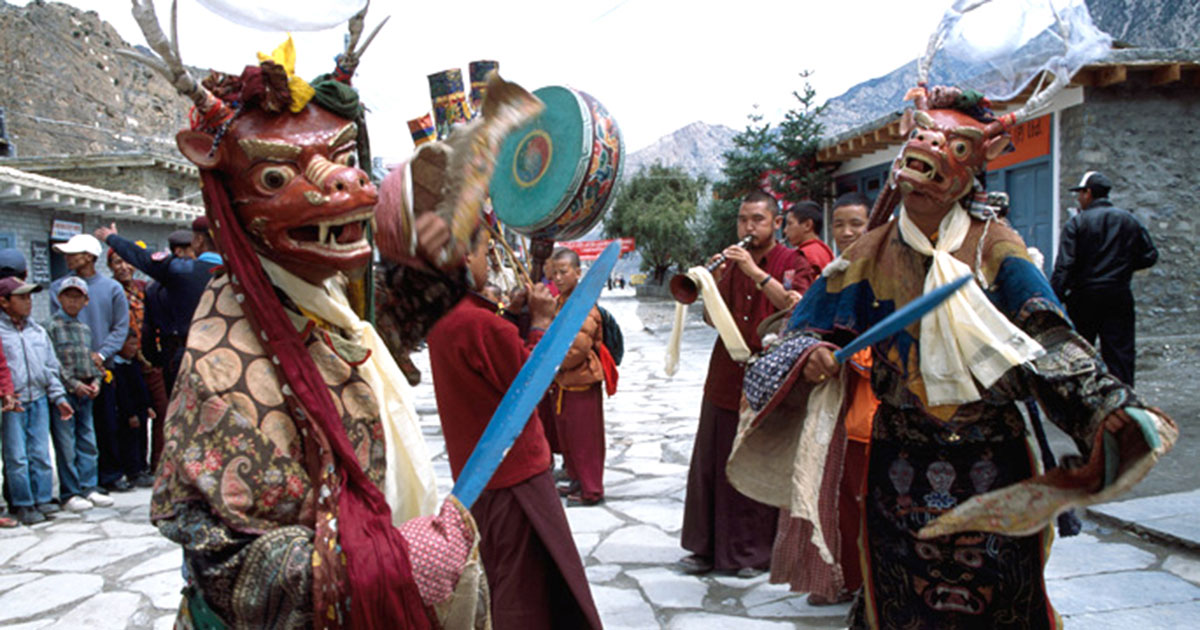
Tengboche Monastery is definitely one of the most culturally important sites where you can see Buddhist monks recite daily prayers and carry out traditional ceremonies. During festivities like Mani Rimdu, when people come together for masked dances and prayers, the monastery also assumes significant importance.
Following visitors often observe indigenous people running teahouses, growing potatoes, and yak grazing, which presents a straightforward but strong lifestyle in one of the harshest conditions on the planet.
Why is Dingboche considered an Ideal Stop for Everest Trekkers?
Due to its moderate altitude and strategic location, Dingboche is considered a perfect acclimatization spot. So, when one spends an extra night in Dingboche, it allows trekkers to acclimatize to lower oxygen levels. Hence, there is a low possibility of altitude sickness before one ascends towards Lobuche (4,940m) and Gorak Shep (5,164m).
Dingboche gets more sunlight and less wind than Pheriche, one more popular acclimatization village close by, therefore making it a warmer and more pleasant resting place.
Moreover, the monastery visits and side hikes provide rich experiences outside trekking, therefore it is a complete destination for cultural immersion as well as physical adjustment.
Best Time to Visit (Weather & Seasons)
Dingboche is best visited according to the weather, since high-altitude trekking is seasonal.
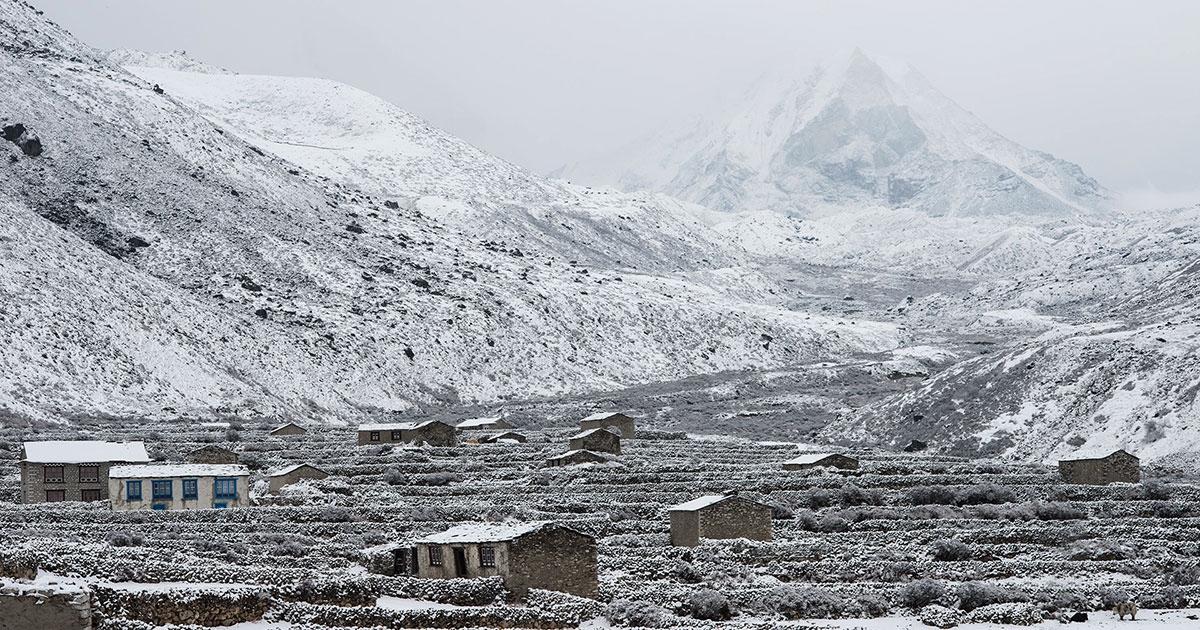
- Spring (March-May) – It is one of the popular times to visit Dingboche. This season is ideal as the spring has warm weather, clear skies, and blooming rhododendrons.
- Autumn (September-November) – It is the most popular and busiest season to visit. Autumn offers clear mountain vistas and constant weather from September through November.
- Winter (December-February) – During winter the trails become difficult, as a result of frigid temperatures and snow. One good takeaway is that those who are well equipped get tranquility and seclusion.
- Monsoon (June-August) – It is the least favourable time to visit Dingboche due to heavy precipitation and landslides in lower altitudes. It’s less picturesque but more peaceful.
Accommodation and Food
Dingboche offers a variety of teahouses and lodges, catering to trekkers with different budgets. Accommodations are basic but comfortable, featuring cozy rooms, warm dining areas, and hot meals. Some well-known lodges include Hotel Bright Star, Moonlight Lodge & Sonam Friendship Lodge, and so on.

There are also numerous teahouses that serve traditional Nepali and Sherpa meals like Dal Bhat (A staple Nepali dish of rice, lentil soup, and vegetables), Sherpa Stew (Shyakpa), Yak Cheese & Butter Tea, Garlic Soup, etc.
Major Attractions
Not merely a stopover, it provides many cultural events and beautiful treks. The location Itself is an amazing spot to explore, Dingboche is surrounded by amazing attractions that make your visit even more enjoyable. So, here are some major attractions to visit:
1. Nangkartshang Peak
Trekkers find Nangkartshang Peak (5,083m) to be a favorite acclimatization hike, as it provides stunning panoramic views of the nearby peaks including Ama Dablam, Lhotse, Makalu, and Nuptse. The trip around takes about 5 to 6 hours, but the ascent is very much worthwhile for the amazing views as well as an opportunity to acclimatize to the high altitude.
2. Chukhung Valley and Chukhung Ri
Just a few hours from Dingboche, the Chukhung Valley makes a great side trip for travelers wanting to see more. The valley leads to Chukhung Ri (5,550m), a non-technical peak offering jaw-dropping views of Everest, Lhotse, and Makalu. Another road to the Kongma La pass, a component of the Three Passes Trek, and Imja Tse (Island Peak) missions starts from Chukhung.
3. Tengboche Monastery
Ten kilometers from Dingboche, Tengboche Monastery stands as one among the most vital Buddhist monuments in the Everest area. Tengboche monastery is one of the biggest monasteries in Khumbu and is known for its amazing location and religious significance.
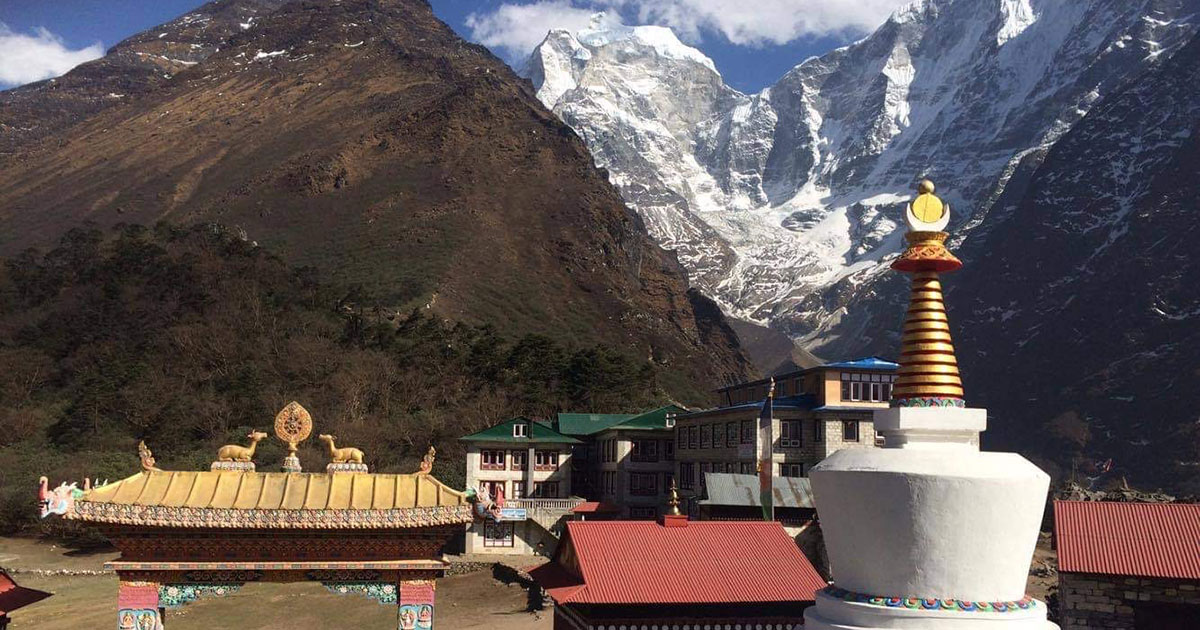
Mani Rimdu Festival held annually at the monastery is a major Buddhist celebration that features age-old ceremonies, masked dances, and chanting.
Want to know what the top 10 festivals of Nepal are, do read our blog.
4. Ama Dablam Base Camp
Unquestionably one of the most magnificent peaks in view from Dingboche, Ama Dablam is referred to as the Matterhorn of the Himalayas. Ama Dablam Base Camp (4,600m) is a must for those seeking a difficult but gratifying trek.
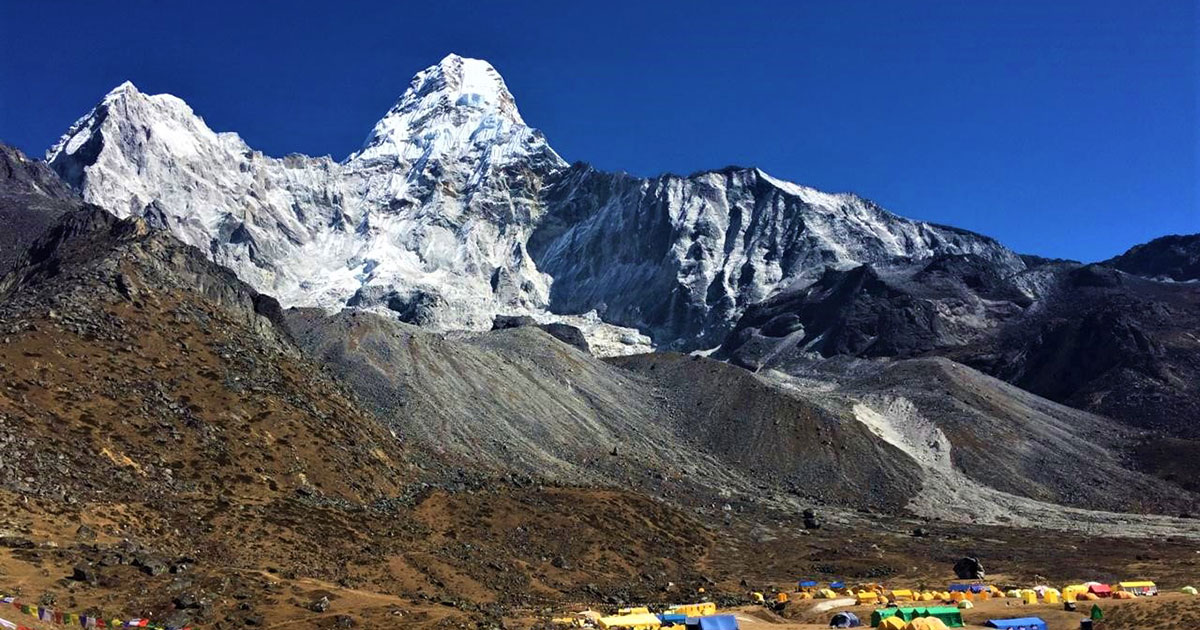
Lasting about 4 to 6 hours round trip, the hike provides stunning vistas of the one-of-a-kind pyramidal peak of Ama Dablam. Less busy than the primary EBC trail this sidestep makes for great isolation and magnificent scenery.
Ready to Explore Dingboche
Dingboche is more than just a resting point—it is a place where the rugged beauty of the Himalayas meets deep-rooted Sherpa traditions. Whether you’re here to soak in the panoramic mountain views, explore Buddhist monasteries, or simply acclimate for the journey ahead, Dingboche offers an unparalleled Himalayan experience.
For every trekker heading toward Everest, Dingboche is a must-visit—a village that not only prepares you for the heights ahead but also leaves you with memories to last a lifetime.
Are you ready to embrace the adventure? Dingboche awaits!
FAQs
Expand AllWhere is Dingboche located?
Dingboche is a sherpa village located in the Khumbu region of northeast Nepal.
What is the best time to visit Dingboche?
The best time to visit Dingboche is Spring season (March to May) and Autumn Season (September to November).
What permits do I need to trek to Dingboche?
You need a Sagarmatha National Park Entry Permit, a Khumbu Pasang Lhamu Rural Municipality Permit, and a TIMS (Trekkers’ Information Management System) card.
How long does the EBC trek take?
The Everest Base Camp trek usually takes 14-15 days, starting with an exhilarating flight from Kathmandu to Lukla. However, the trek duration might vary depending on your chosen route and the packages you booked.
Exploring the EBC circuit through Gokyo Lake, Gokyo-ri, and Ngozumpa Glacier might take up to 17 days, whereas including the three-pass trek in this expedition might take up to 19 days.
When is the best time to trek to Everest Base Camp?
The best time to trek to Everest Base Camp is during the Autumn and Spring seasons, as the climate is favorable, and the trekking route is rich in luscious greens. For a safe, memorable, and incredible experience, plan a trek between mid-September and November or March and June.
How high is Dingboche?
Dingboche is at an altitude of 4,410 meters (14,470 ft).
What is the population of Dingboche?
The population of Dingboche was estimated to be around 200 in 2011 A.D.
Related blog posts
Discover a choice of tourist destinations loved by most of our visitors. Whether you're on a jungle safari to spot rare animals or walking through a world heritage site, these well-planned itineraries cover the major highlights of Nepal.


